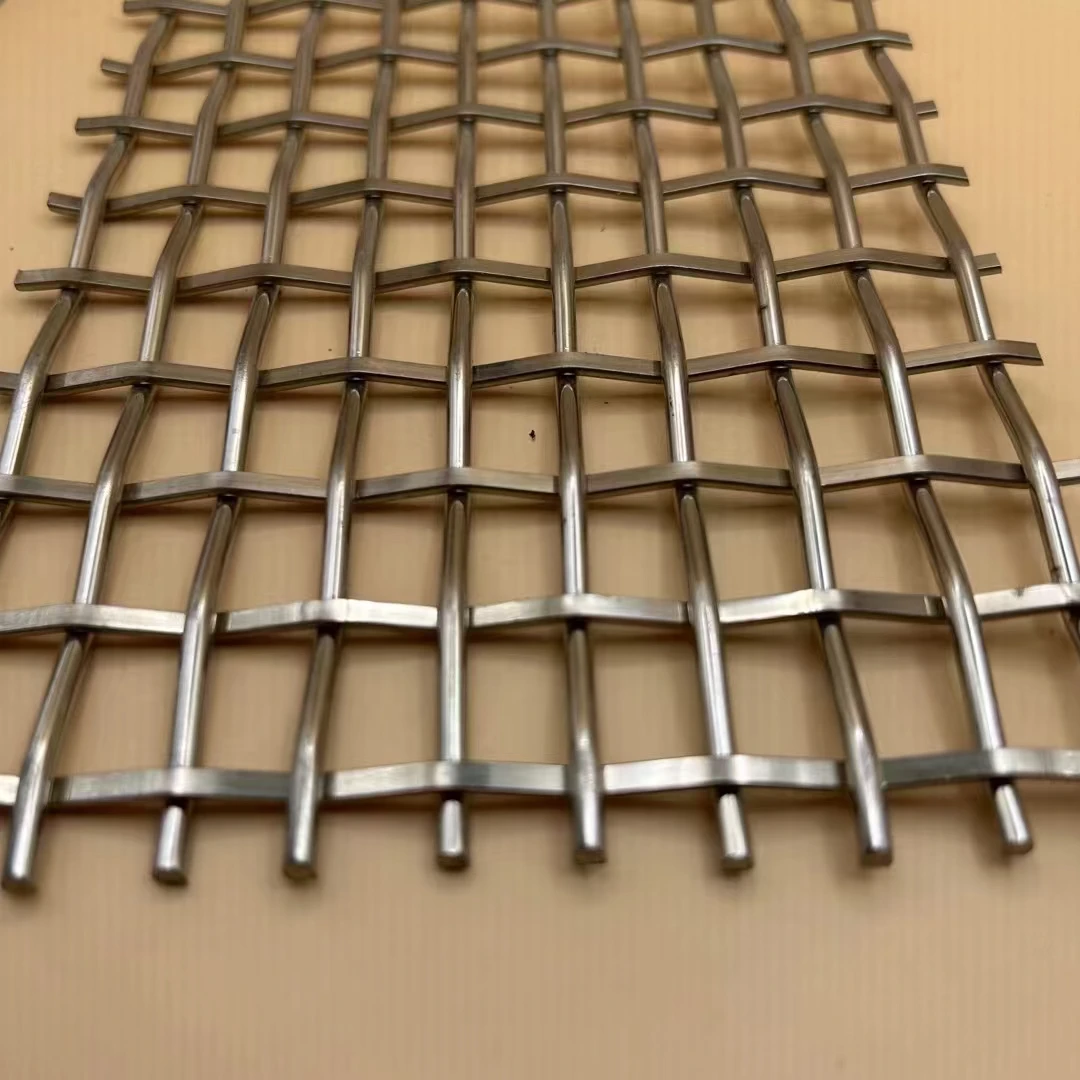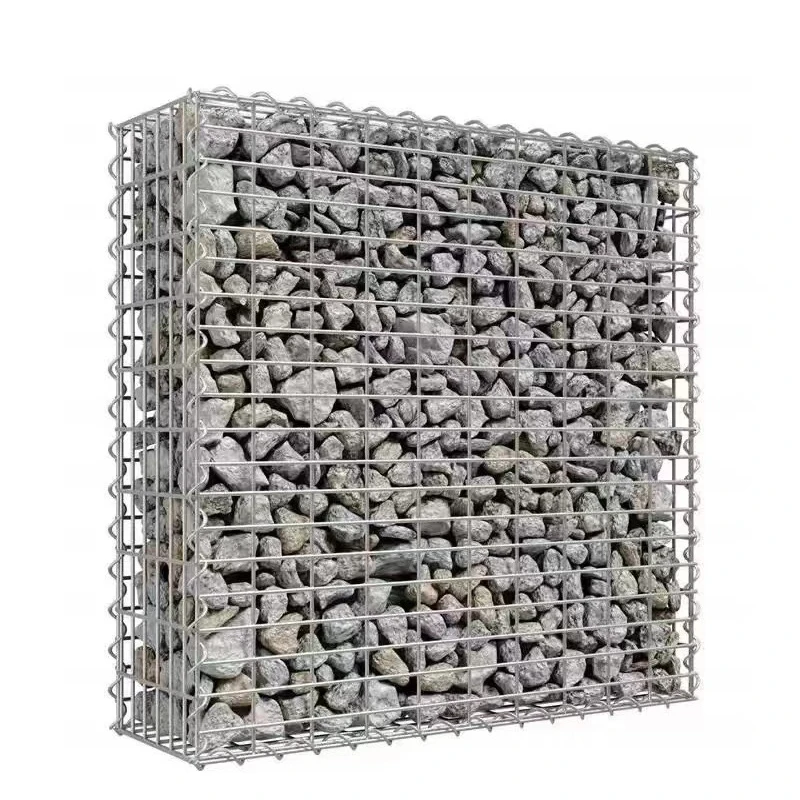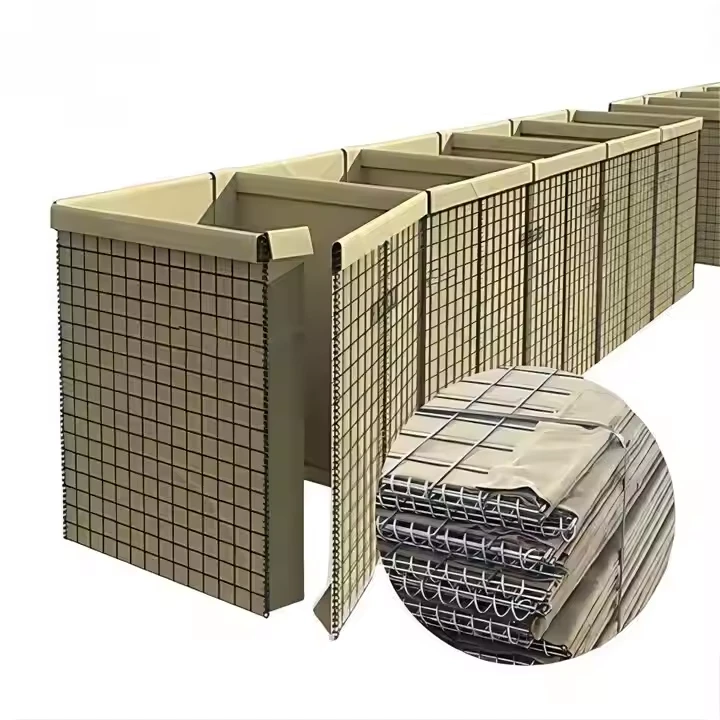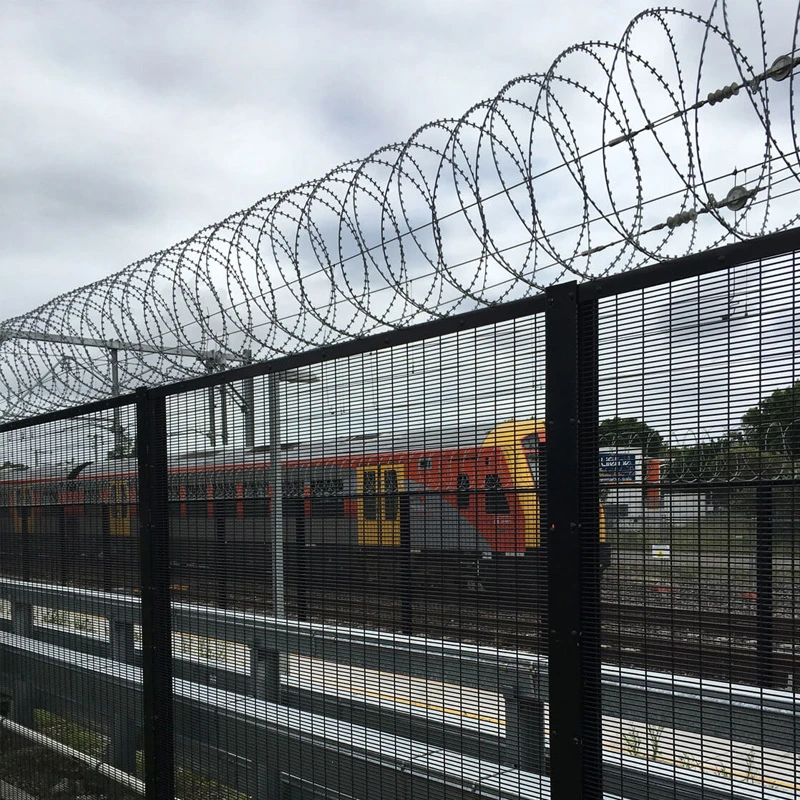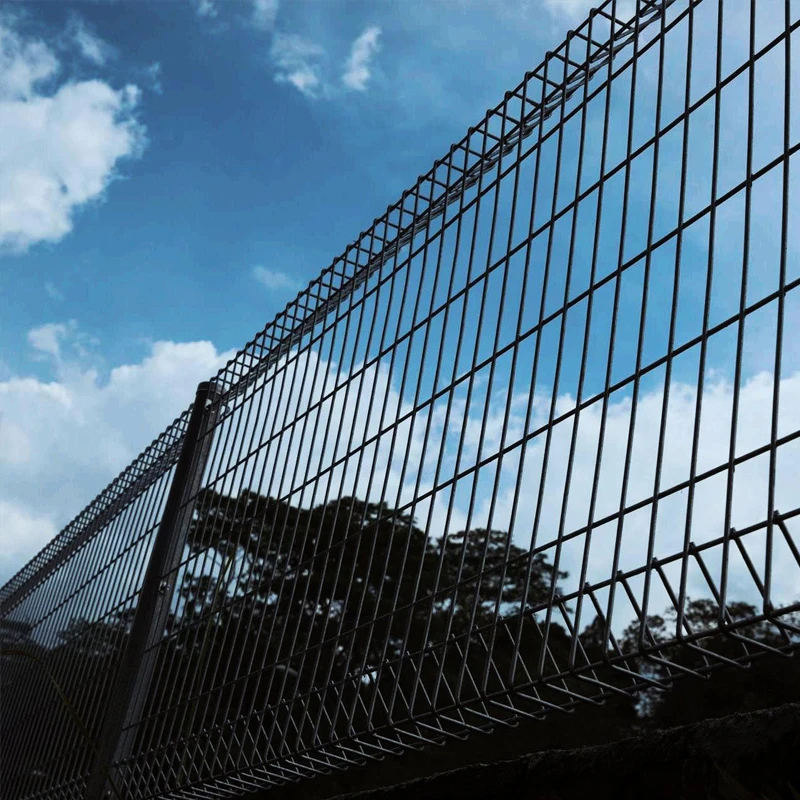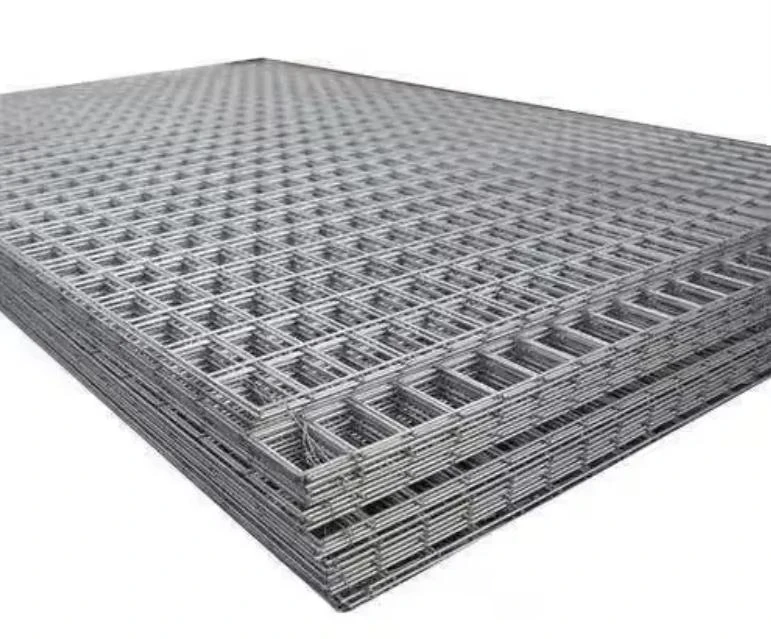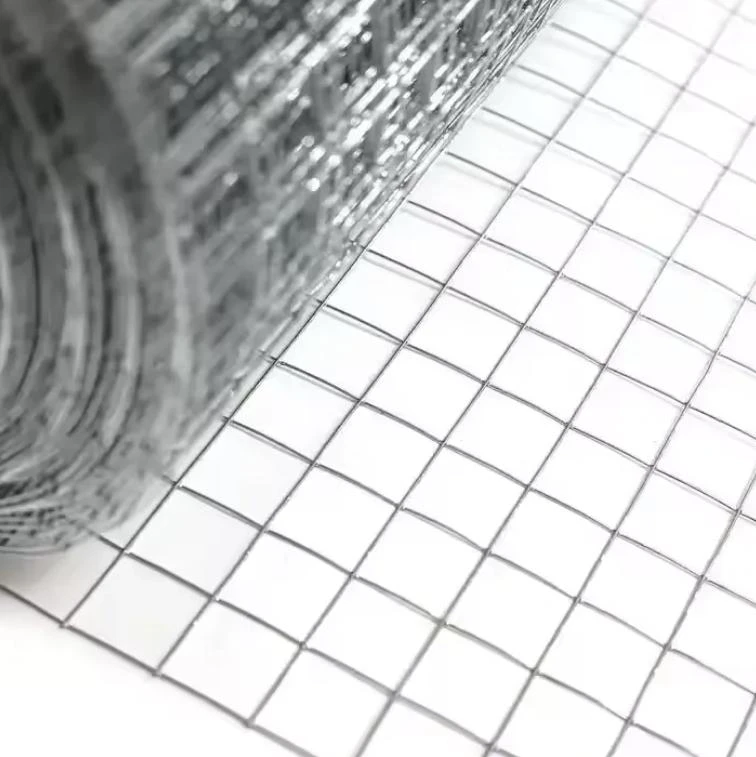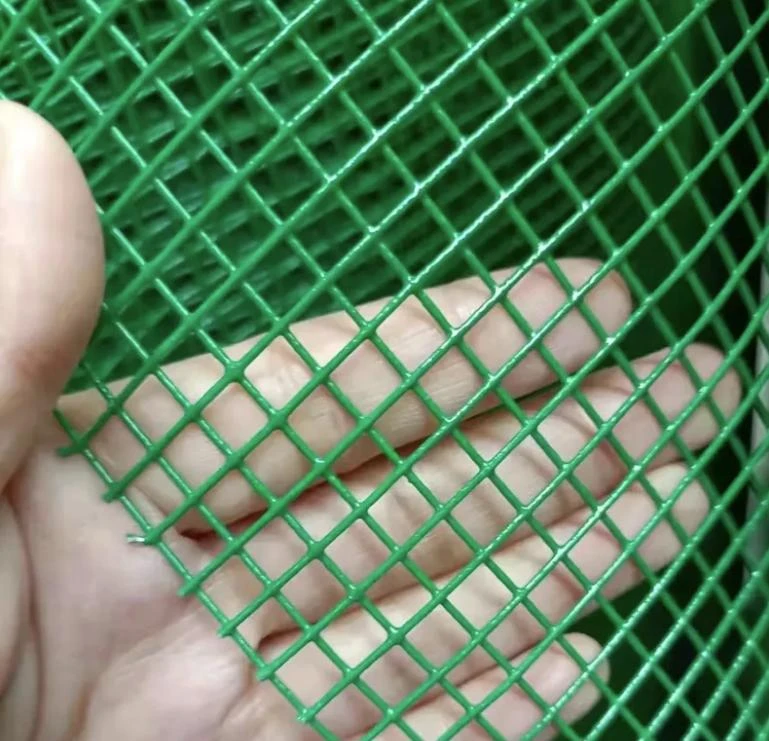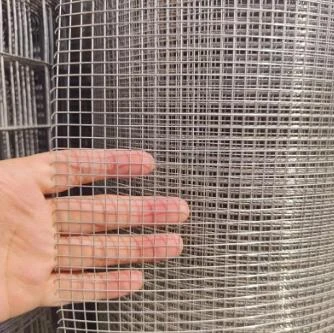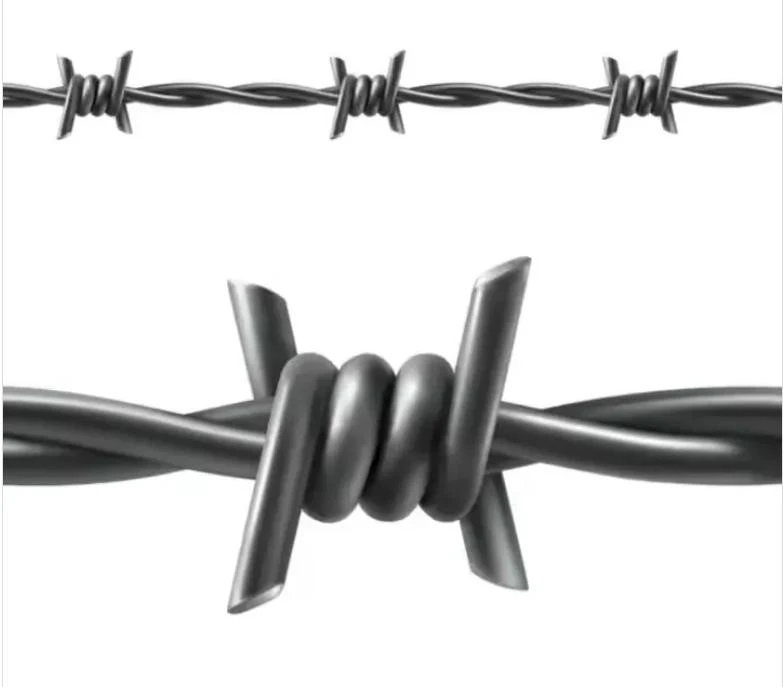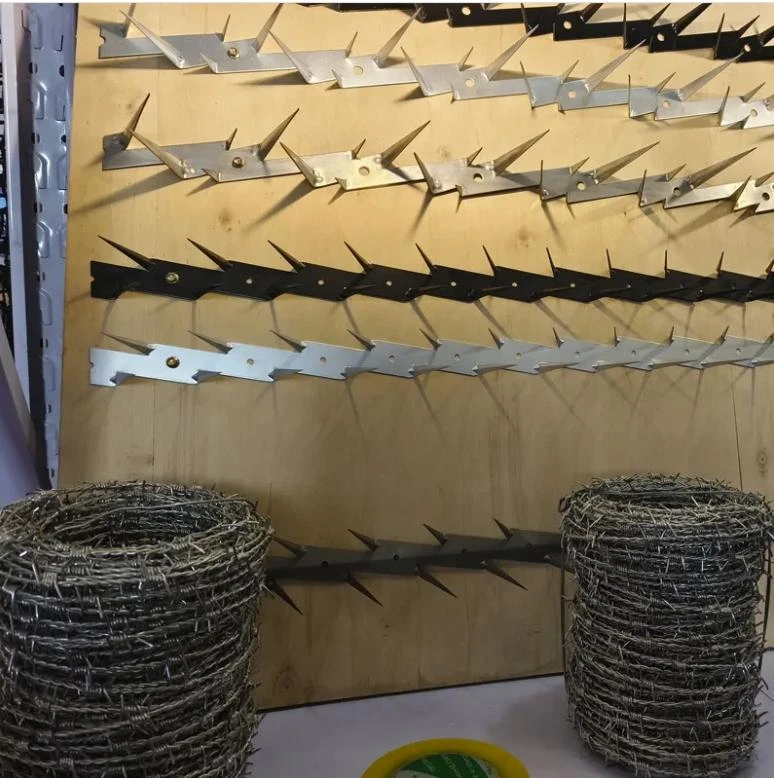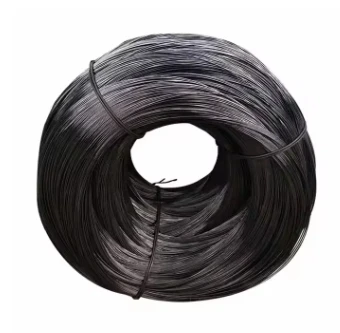سد هسکو
قفس ضد انفجار، همچنین به عنوان دیوار ضد انفجار یا شبکه ضد انفجار شناخته می شود، همچنین به عنوان سد هسکو یا قلعه هسکو شناخته می شود، یک شکل مهم حفاظتی در جنگ های مدرن و کنترل سیل است. در استفاده واقعی، با پر کردن سنگ، ماسه یا خاک در قفس توری، یک دیوار محافظ مش سیمی جامد را تشکیل می دهد. به دلیل نصب توصیه شده، تاشو و عملکرد آسان، در جنگ های مدرن کاربرد دارد.
|
قطر سیم مشبک
|
3 میلی متر، 4 میلی متر، 5 میلی متر، 6 میلی متر و غیره
|
|
قطر سیم فنر
|
3 میلی متر، 4 میلی متر، 5 میلی متر، 6 میلی متر و غیره
|
|
اندازه مش
|
50 * 50 میلی متر ، 50 * 100 میلی متر ، 37.5 * 100 میلی متر ، 60 * 60 میلی متر ، 65 * 65 میلی متر ، 70 * 70 میلی متر ، 76 * 76 میلی متر ، 80 * 80 میلی متر یا
به عنوان درخواست شما
|
|
اندازه پنل
|
0.61 * 0.61 متر، 1 * 1 متر، 1.2 * 1.2 متر، 1.5 * 1.5 متر، 1.5 * 2 متر، 2 * 2 متر، 2.21 * 2.13 متر یا به عنوان درخواست شما.
|
|
پایان
|
الکترو گالوانیزه پس از جوش
جوشکاری گالوانیزه گرم
پوشش گالفان پس از جوشکاری
|
|
ژئوتکستایل
|
پلی پروپیلن نبافته سنگین
|
|
بسته بندی
|
با فیلم شرینک پیچیده شده یا در پالت بسته بندی شده است
|
سد دفاعی / سد دفاعی نوعی گابیون مدرن است که برای دفاع و محافظت در برابر سیل استفاده می شود. از یک ظرف مشبک تاشو و یک آستر پارچه ای سنگین ساخته شده است و می تواند به عنوان یک واحد یا چندین واحد متصل به هم استفاده شود.
جزئیات بسته بندی
بسته بندی شده با فیلم شرینک یا بسته بندی شده در پالت. 5-10 واحد روی پالت.
برنامه
1) دیوارهای امنیتی و دفاعی پیرامونی
2) حفاظت از ساختارهای موجود
3) مناطق جستجوی مواد منفجره و قاچاق
4) مهندسی حفاظت از منطقه ساحلی
5) موقعیت های تیراندازی دفاعی
6) دیوار حائل کنترل سیل
موانع برتر Hesco را معرفی می کنیم که به طور ماهرانه ای برای ارائه حفاظت و استحکام برتر برای کاربردهای مختلف، از استفاده نظامی گرفته تا سایت های ساختمانی و سناریوهای واکنش اضطراری طراحی شده اند. موانع ما با استفاده از مواد با کیفیت بالا و بادوام ساخته شده اند که عملکرد طولانی مدت و قابلیت اطمینان را حتی در سخت ترین محیط ها تضمین می کند. هر مانع هسکو دارای یک ساختار مش سیم جوش داده شده قوی است که با پارچه ژئوتکستایل غیر بافته شده پر شده است که استحکام و پایداری استثنایی را امکان پذیر می کند.
طراحی منحصربهفرد موانع ما استقرار آسان را ارائه میدهد و امکان راهاندازی سریع را در موقعیتهای بحرانی که زمان مهم است، فراهم میکند. تطبیق پذیری موانع Hesco ما آنها را برای کنترل سیل، مهار مواد خطرناک و ایجاد یک محیط امن در اطراف مناطق حساس ایده آل می کند. آنها همچنین توانایی مقاومت در برابر شرایط آب و هوایی نامناسب را دارند و تضمین می کنند که استحکامات شما در طول طوفان، سیل یا بادهای شدید دست نخورده باقی می مانند. هر مانع به گونه ای طراحی شده است که تاثیر را به طور موثر جذب کند، و آنها را به یک انتخاب قابل اعتماد برای عملیات نظامی و پروژه های مهندسی عمران تبدیل می کند.
موانع Hesco ما با تمرکز بر ایمنی طراحی شده اند تا با استانداردهای سختگیرانه صنعت مطابقت داشته باشند و با اطمینان از حداکثر حفاظت، آرامش خاطر را برای کاربران فراهم کنند. موانع ما که به صورت مبتکرانه برای مدولار بودن و سازگاری طراحی شده اند، می توانند به راحتی به یکدیگر متصل شوند تا در صورت نیاز پیکربندی های بزرگتری ایجاد کنند و آنها را به ابزاری ضروری برای هر تیم ساخت و ساز یا آمادگی اضطراری تبدیل کند. برای محافظت بی نظیر و آرامش خاطر، روی کیفیت و دوام موانع هسکو ما سرمایه گذاری کنید. خواه از یک محل ساخت و ساز محافظت می کنید، برای بلایای طبیعی آماده می شوید یا اردوگاه های نظامی ایمن ایجاد می کنید، به موانع هسکو ما اعتماد کنید تا عملکرد قابل اعتماد مورد نیاز خود را ارائه دهند. امروز موانع هسکو پیشرو در صنعت ما را انتخاب کنید و با اطمینان دفاع خود را تقویت کنید.
Defensive Barrier Specifications: Mesh Sizes, Panel Dimensions & Coatings
At the core of effective defensive barriers lies precision in design—and Hesco barriers excel here, with specifications engineered for reliability in military, flood control, and industrial security. As a leading provider, JINJIU ensures every detail of these defence barrier systems—from mesh weave to coating thickness—aligns with high-stakes operational demands.
Mesh sizes are critical for structural integrity. Hesco barriers feature double-twisted hexagonal mesh, with standard openings ranging from 2.5×5cm to 5×10cm. The 2.5×5cm mesh, ideal for military defence barrier setups, prevents fine aggregate (like sand or gravel) from escaping when filled, ensuring the barrier retains shape under impact. For flood control or perimeter security, 5×10cm mesh balances strength with drainage, allowing water to pass while trapping larger fill materials (rock, concrete blocks) to reinforce the structure. All meshes use high-tensile steel wire (2.5-4.0mm diameter), resistant to cutting or deformation.
Panel dimensions cater to rapid deployment and scalability. Standard panels come in lengths of 1m, 3m, and 6m, with heights ranging from 0.5m to 3m—flexible enough for everything from temporary roadblocks to permanent border fortifications. The 3m×1m panel is a workhorse: lightweight (15-20kg) for quick manual installation, yet robust enough to form a 1m-high defensive barrier when filled. For larger projects, 6m×2m panels reduce assembly time, as fewer units cover more ground, while 0.5m-high variants suit low-profile security zones like industrial yards.
Coatings enhance durability across environments. Galvanized coatings (80-120g/m² zinc) are standard, protecting against rust in humid or coastal areas—vital for defensive barriers deployed long-term. For extreme conditions (chemical exposure, saltwater), PVC coatings (0.2-0.5mm thick) add a secondary layer, extending service life to 15+ years. These coatings adhere seamlessly to the mesh, ensuring no weak points where corrosion could start.
JINJIU’s Hesco barriers marry these specifications to purpose: tight 2.5×5cm mesh for military defence barrier resilience, 6m panels for rapid flood response, and dual coatings for all-weather reliability. Each component works in tandem, proving that in defensive barriers, precision isn’t just a detail—it’s the foundation of security.
The Science of Strength: What Makes Defensive Barriers Withstand Impact
Behind every defensive barrier that repels collisions, blasts, or forced entry lies a deliberate blend of material science and structural engineering. JINJIU’s defence barrier systems are engineered to turn impact energy into manageable force, ensuring they stand firm in military operations, riot control, and critical infrastructure protection.
Material selection is the first line of defense. High-tensile steel—with a minimum yield strength of 350MPa—forms the core of these defensive barriers. This steel undergoes cold working, aligning its molecular structure to resist deformation; even under 10,000N of force (equivalent to a 2-ton vehicle impact at 10km/h), the metal bends minimally before returning to shape. For coastal or corrosive environments, galvanized coatings (120g/m² zinc) add a protective layer, ensuring strength isn’t compromised by rust over time.
Structural design amplifies impact resistance. Modular panels with interlocking joints distribute force evenly across the defence barrier system, preventing localized failure. For example, 3m-wide panels connect via steel pins that absorb 30% of impact energy through controlled flexing, while reinforced edges (6mm steel plating) resist puncturing. When filled with aggregate (rock, concrete), the barrier’s mass acts as a kinetic buffer—slowing intruders or debris by converting motion into friction between fill materials.
Testing validates real-world performance. JINJIU’s defensive barriers undergo rigorous trials: 50km/h vehicle impact tests (mimicking ramming attempts), blast simulation (up to 5kg TNT equivalent), and cyclic load testing (10,000+ repetitions of 5kN force). These tests ensure the barrier retains 90% structural integrity post-impact, a critical metric for military defence barrier applications where failure isn’t an option.
Whether stopping a speeding vehicle at a checkpoint or shielding a facility from debris during a storm, the science is clear: strength comes from intentional design. JINJIU’s defensive barriers don’t just resist impact—they outsmart it, turning force into a testament to engineering excellence.




















